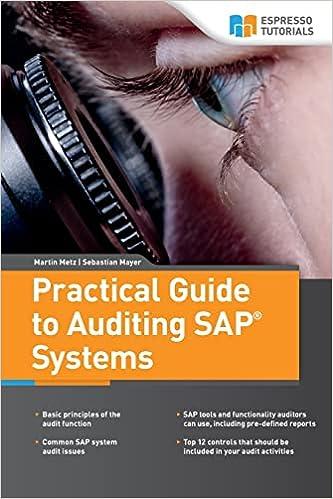
 Possible Answers:
Possible Answers: 
Match each term or phrase to its description below. Liquidity Whether an item is large enough to likely influence the decision of an investor or creditor. Constraint that weighs the cost that companies will incur to provide the information against the benefit that financial statement users will gain from having the information available. Obligations that a company expects to pay within the next year or operating cycle, whichever is longer. Information that is complete, neutral, and free from error. The primary accounting standard-setting body in the United States. a as am a sm a me Net cash provided by operating activities after adjusting for capital expenditures and cash dividends paid. A set of accounting standards that has substantial authoritative support and which guide accounting professionals. The ability of a company to pay obligations that are expected to become due within the next year or operating cycle. The average time required to purchase inventory, sell it on account, and then collect cash from customers-that is, go from cash to cash. The quality of information that indicates the information makes a difference in a decision. The agency of the U.S. government that oversees U.S.financial markets and accounting standard-setting bodies. The quality of information that occurs when independent observers, using the same methods, obtain similar results. The difference between the amounts of current assets and current liabilities. The ability of a company to pay interest as it comes due and to repay the balance of a debt due at its maturity. Match each term or phrase to its description below. Liquidity Whether an item is large enough to likely influence the decision of an investor or creditor. Constraint that weighs the cost that companies will incur to provide the information against the benefit that financial statement users will gain from having the information available. Obligations that a company expects to pay within the next year or operating cycle, whichever is longer. Information that is complete, neutral, and free from error. The primary accounting standard-setting body in the United States. a as am a sm a me Net cash provided by operating activities after adjusting for capital expenditures and cash dividends paid. A set of accounting standards that has substantial authoritative support and which guide accounting professionals. The ability of a company to pay obligations that are expected to become due within the next year or operating cycle. The average time required to purchase inventory, sell it on account, and then collect cash from customers-that is, go from cash to cash. The quality of information that indicates the information makes a difference in a decision. The agency of the U.S. government that oversees U.S.financial markets and accounting standard-setting bodies. The quality of information that occurs when independent observers, using the same methods, obtain similar results. The difference between the amounts of current assets and current liabilities. The ability of a company to pay interest as it comes due and to repay the balance of a debt due at its maturity. Faithful Representation Operating Cycle Liquidity Current Liabilities Relevance Verifiable Materiality Free Cash Flow Securities and Exchange Commission (SEC) Cost Constraint Financial Accounting Standards Board (FASB) Generally Accepted Accounting Principles (GAAP) Solvency Working Capital Faithful Representation

 Possible Answers:
Possible Answers: 






